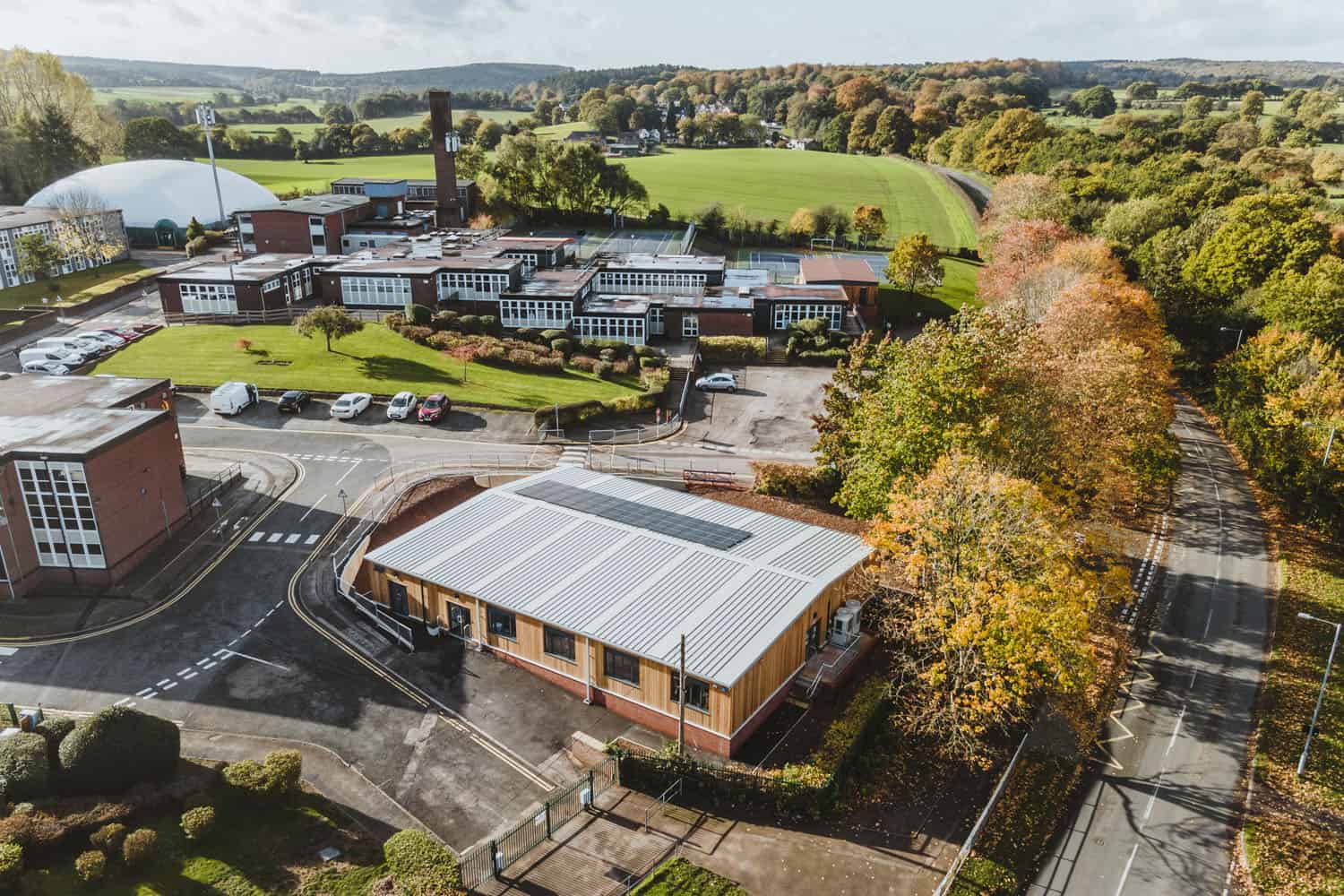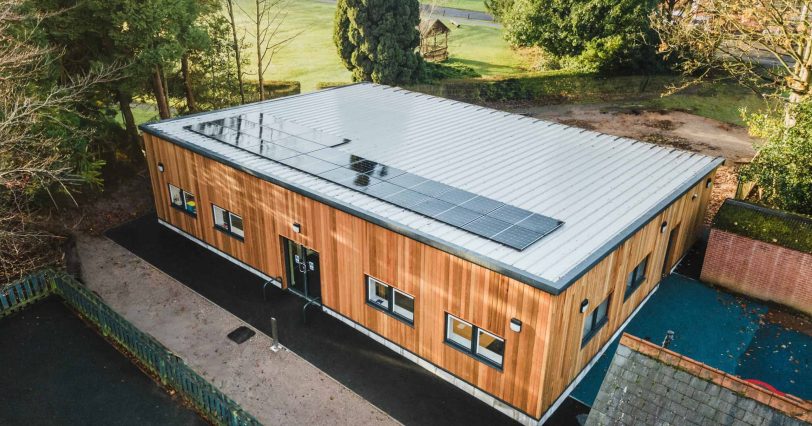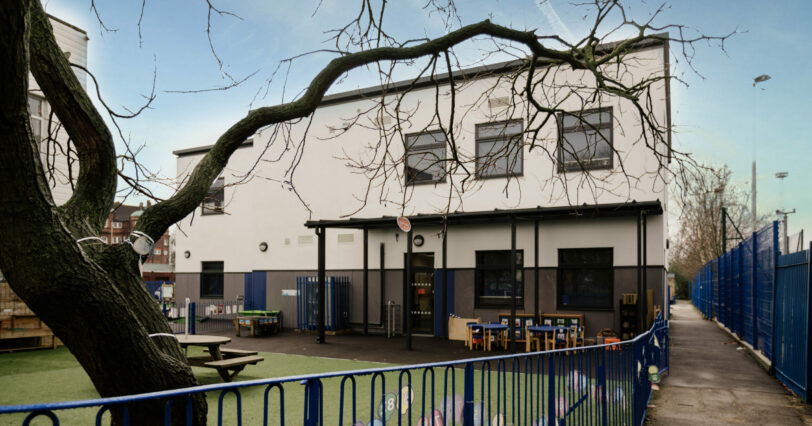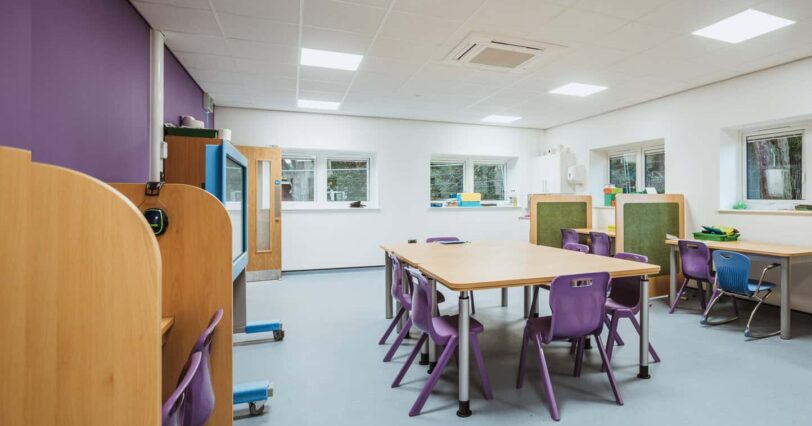Guidelines aimed at helping school leaders and estate management teams manage their sites well have recently been unveiled, providing greater clarity on what ‘good’ looks like.
Officially launched by the Government earlier this year, the School Estate Management Standards are seen as being a practical blueprint for schools to prioritise and futureproof their buildings.
Schools can assess exactly where they are in their estate management journey, using a four-level framework. And by sharing key details, such as the size, location, condition and age of their site, they can receive feedback that is tailored to their specific set-up and circumstances.
Good estate management = more sustainable school sites
With schools up-and-down the country ramping up their efforts to become net zero, sustainability features are throughout the standards at every level. For instance:
- Level 1 (Baseline) sustainability measures include – logging running costs and energy efficiency data, such as CO2 emissions and energy cost data
- Level 2 (Transitioning) sustainability measures include – having a climate action plan in place
- Level 3 (Fully Effective) sustainability measures include – taking a whole-school approach to combating climate change, which includes carbon reduction and nature recovery and appointing a nominated sustainability lead
- Level 4 (Advanced) sustainability measures include – embedding action plans into estate visions and strategies
Preparing for changing demographics
The future is sustainability-driven. It’s set to considerably change from a demographics point of view too. Birth rates are dropping and the need for SEND support is rising; two significant factors schools need to consider and adapt to going forward.
At the same time, modern methods of construction are increasingly being used by schools to:
a) create classrooms and other spaces that are climate-friendly. i.e. they’re highly insulated, cost effective to heat and light and fitted with solar panels alongside many other measures, and
b) deliver optimum learning environments. This includes designing spaces centred around children’s specific needs, for instance, SEND-focused sensory and therapy rooms featuring curved walls.
Capturing current and future success
Widespread progress is the ultimate goal for schools. However, monitoring, measuring and reporting on multiple moving parts can be challenging. The solution? Data collection and analysis, which features heavily throughout the estate management standards:
- Level 1 (Baseline) data analysis measures include – capturing energy efficiency data
- Level 2 (Transitioning) data analysis measures include – proactively responding to data collected via condition surveys
- Level 3 (Fully Effective) data analysis measures include – using data from the Environment Agency to determine flood risks
- Level 4 (Advanced) data analysis measures include – aligning budget expenditure with data analysis
The School Estate Management Standards are an opportunity to build upon progress and promote continuous improvement from school-to-school, creating sites that are resilient, inclusive and future-ready.







